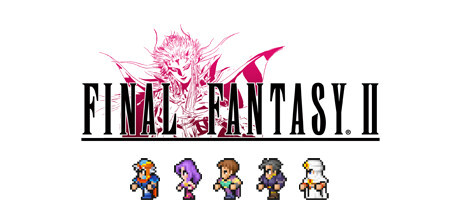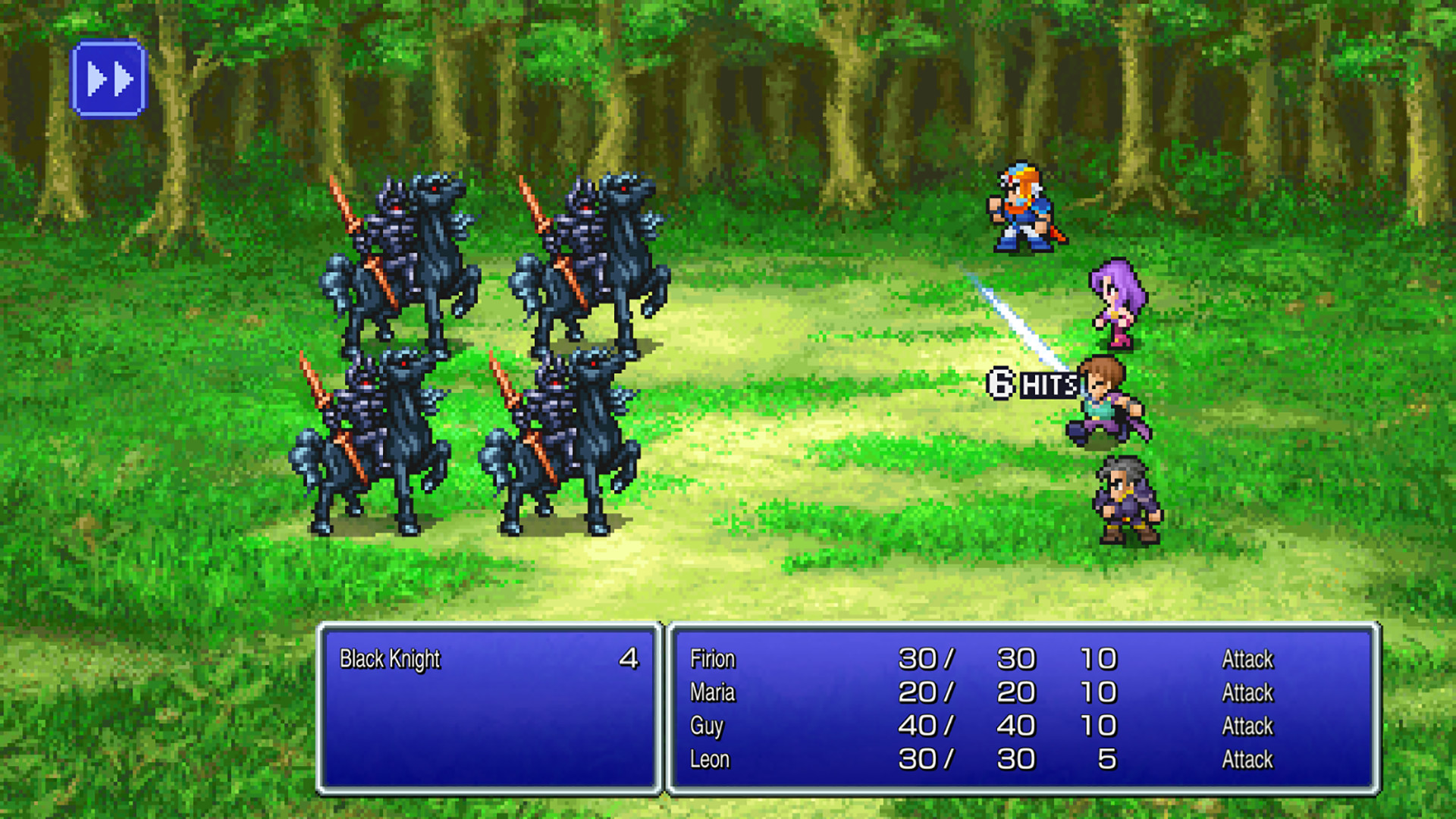Dragon Quest VI: Realms of Revelation
Nov. 16th, 2023 10:04 pm
Nightmares and Dreamscapes
When Nintendo’s latest portable system was the Nintendo DS, Square-Enix announced a remake of the Zenithian trilogy of the Dragon Quest series, comprising the fourth through sixth installments, with North American release announced for all three, as the franchise had somewhat been experiencing a golden age outside Japan with the success of Journey of the Cursed King. However, unlike Cursed King, the rereleases of the fourth and fifth games, because of invisible advertising, didn’t sell as well, leaving the fate of the sixth and final Zenithian Dragon Quest in the air. Eventually, Nintendo took charge of localization and reannounced the trilogy’s conclusion as Dragon Quest VI: Realms of Revelation, but it kept its original English subtitle, The Realms of Reverie, in Europe. The title saw a port to iOS devices, with an experience on par with the rest of the series.
Combat is turn-based and randomly encountered, with the sixth installment following the tried turn-based tradition of the player inputting various commands for their characters and letting them and the enemy beat up one another in a round. Turn order can be inconsistent as in other entries, and the escape option doesn’t always work, with a few instances of accidentally tapping it when guaranteed not to work, like against bosses. While exploring the overworld, the player can swap party members out from their carriage, an option sometimes available in some dungeons when the player’s carriage comes along. As in prior Zenithian Dragon Quests, AI options are available for all characters except the protagonist, which can work well depending on the situation. Victory nets all living participants, including those not in the party, experience to level occasionally, money, and maybe an item. Death results in the player being transported to the last church with only the hero alive and his allies dead, with early-game revival expenses potentially burdensome.
Eventually, the player accesses the job system, each with their strengths and weaknesses, with a certain number of battles with enemies on par with the player’s levels or any in the Dark World necessary to advance, acquire new skills that become permanent parts of a character’s skill set regardless of occupation, and ultimately master skills, with higher-level careers available depending upon base classes mastered. Despite many powerful free skills, the game is no cakewalk, especially the main final boss. There is some early-game hell as well, like the initial revival spell failing half the time, and things such as skills on the part of the player and enemy affect all one at a time, which can drag out fights where the player has their carriage present. The game mechanics have many positives, but the archaic elements from previous series entries can spoil things.
As usual, moreover, interaction leaves room for improvement. The menus are superficially clean, but shopping for equipment and items is troublesome, given the countless confirmations, alongside the taxing nature of saving the game, the unavailability of the quicksave in dungeons, and a general poor direction on how to advance the main storyline or where to go next. Dungeons don’t have maps, either; a map for the underwater version of the lower world would have also been welcome, given its numerous points of interest. Hopefully, one day, the franchise will abandon these archaic traditions.
The story is enjoyable for a Dragon Quest game, focusing on two parallel worlds and a conflict between the playable characters and a villain named Murdaw. All characters have a story behind them, and the various subplots are detailed. However, the game is frequently unclear on how to advance the central storyline. Some plot beats, as well, are derivative, such as amnesia and a higher power behind everything. The localization is top-notch, with a hurricane of puns characteristic of contemporary translations of the series, with maybe some minor odd lines such as the ever-present “But the enemies are too stunned to move!” Even so, the narrative is a significant driving factor.
Composer Koichi Sugiyama, as usual, does a superb job with the soundtrack, with every track being enjoyable. However, some silence abounds, and the battle sounds are still dated.
The sixth entry utilizes the same graphical style as its Nintendo DS predecessors. The sprites and scenery look nice, despite pixilation, and fluidly animated enemies designed by Akira Toriyama dazzle in battle. However, many foes are reskinned, and the perspective of combat remains in first-person, like classic series entries. Camera rotation during exploration isn’t always available, which would have been handy given a plot quest where the player must tail a non-player character without being caught. The visuals aren’t an eyesore but show their age.
Finally, playtime ranges from twenty-four to forty-eight hours, depending upon how much grinding of levels and classes the player needs to make it through the game. Some lasting appeal exists in mastering all character classes, not to mention a post-game dungeon. However, there are no plot variations or achievements, and most players will likely want to move to other games.
In summation, Dragon Quest VI hits many positive notes, particularly with its solid class system, enjoyable narrative with polished translation, and superb soundtrack. However, many aspects leave room for improvement, including the occasional difficulty of spikes throughout the main quest, the retention of the franchise’s archaic traditions that affect combat and control adversely, the frequent poor direction on how to advance the main storyline, the questionable quicksave feature, and the dated visuals. Those who have enjoyed other games in the franchise will likely be able to look beyond its flaws. Furthermore, since the story doesn’t have much connection to other games in the series beyond its trilogy, those unversed in the franchise may find this port a decent romp.
This review is based on a playthrough to the standard ending with no postgame content attempted.
| Score Breakdown | |
|---|---|
| The Good | The Bad |
|
|
| The Bottom Line | |
| Typical Dragon Quest. | |
| Platform | iOS |
| Game Mechanics | 5.5/10 |
| Control | 5.0/10 |
| Story | 9.0/10 |
| Localization | 9.5/10 |
| Aurals | 9.5/10 |
| Visuals | 6.5/10 |
| Lasting Appeal | 5.0/10 |
| Difficulty | Moderate to Hard |
| Playtime | 24-48 Hours |
| Overall: 7.0/10 | |


